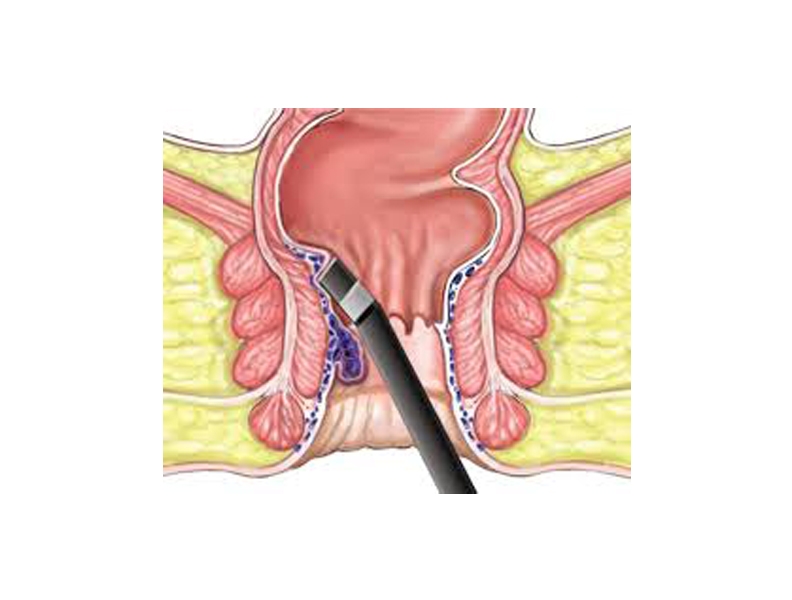Piles Removal Surgery Laser
Piles (or haemorrhoids) are vascular tissue or ‘cushions’ located in the anal canal. They form part of the normal human anatomy, and function to help prevent leakage of stool or gas. Piles become problematic (haemorrhoidal disease) when they swell up and/or bleed during defecation. For some, both internal and external haemorrhoids can occur simultaneously. It is estimated that 35% of the population has a form of haemorrhoid. Generally, most cases of haemorrhoids are mild and people do not experience any symptoms.
Piles can be classified into four grades:
- First degree: Internal piles that bleed, but do not prolapse past the anus (or ‘pop out’).
- Second degree: Piles that prolapse past the anus during bowel movement but reduce spontaneously.
- Third degree: Piles that are prolapsed and must be manually reduced.
- Fourth degree: Piles that are permanently prolapsed and cannot be reduced, or piles with painful blood clots.
Usual symptoms experienced:
- Bleeding before, during or after bowel movement
- Bright red blood from the anus on the toilet paper or in the toilet bowl
- Anal lumps
- Pain or itching in the anal area
Laser Piles Treatment Method:
Hemorrhoidal LASER Procedure is a painless outpatient technique that does not require anesthesia, in addition to being safe and easy to perform. It is effective in reducing symptoms and complications of the hemorrhoidal disease grades I and II, with high satisfaction rates.
Without the need of anesthesia, terminal arterioles of the upper rectal artery are identified by a Doppler transducer (20 MHz probe 3 mm) placed on a specially designed proctoscope. After identification, it promotes arteriolar electrofulguration at 980 nm fiber laser diode, causing interruption of hemorrhoidal flow. This procedure is repeated circumferentially, following the clockwise positions

